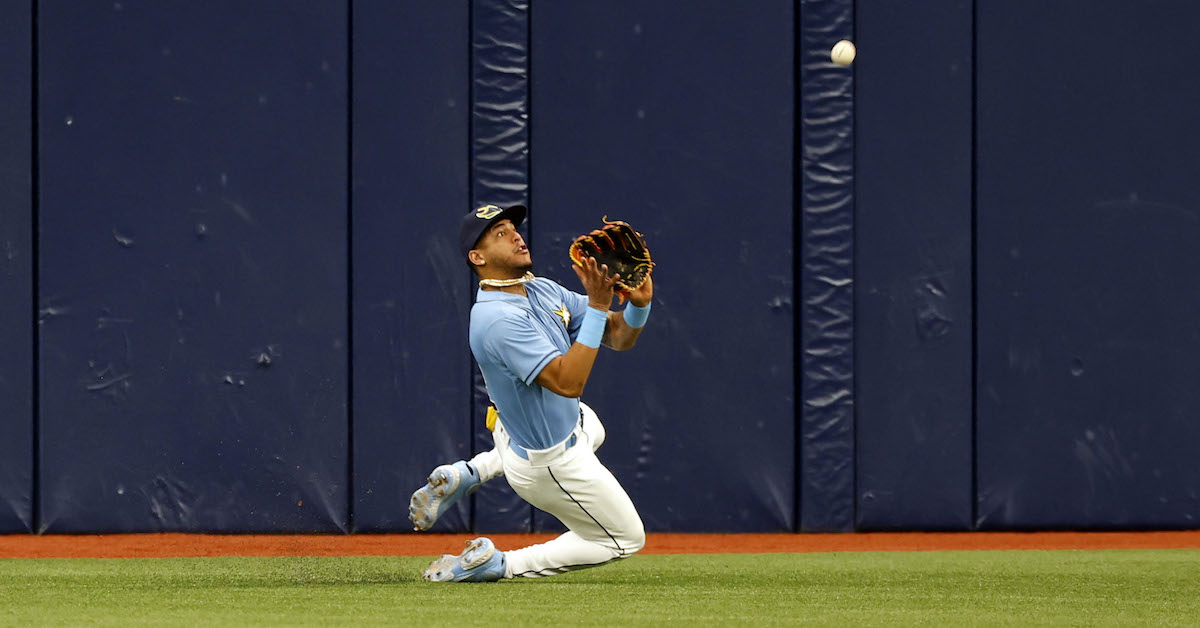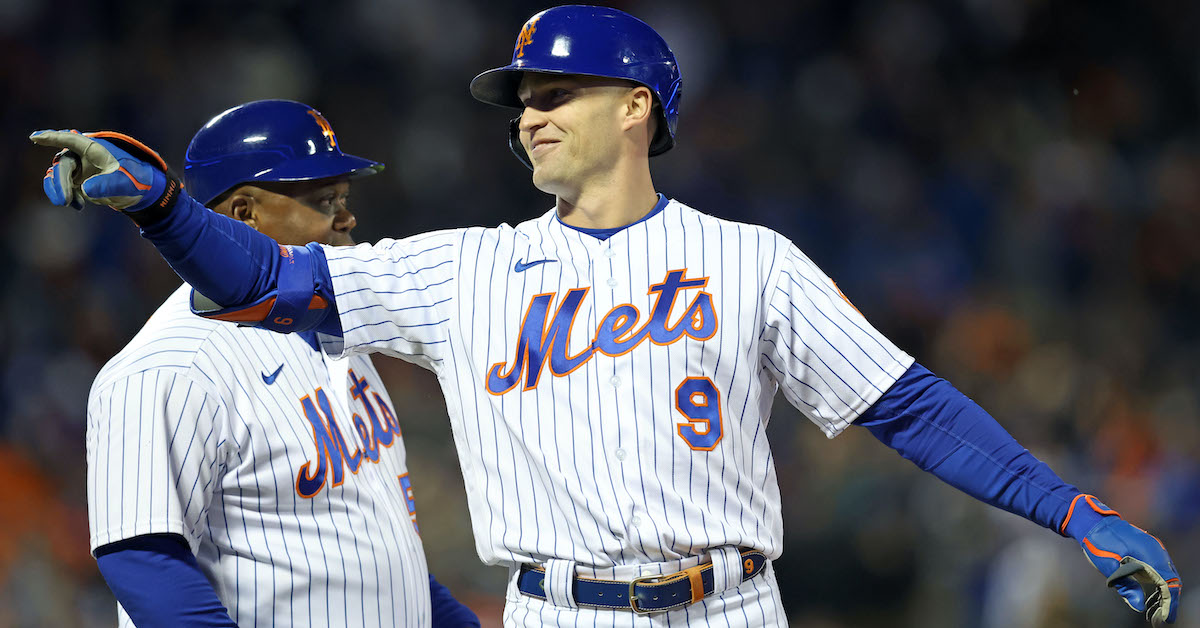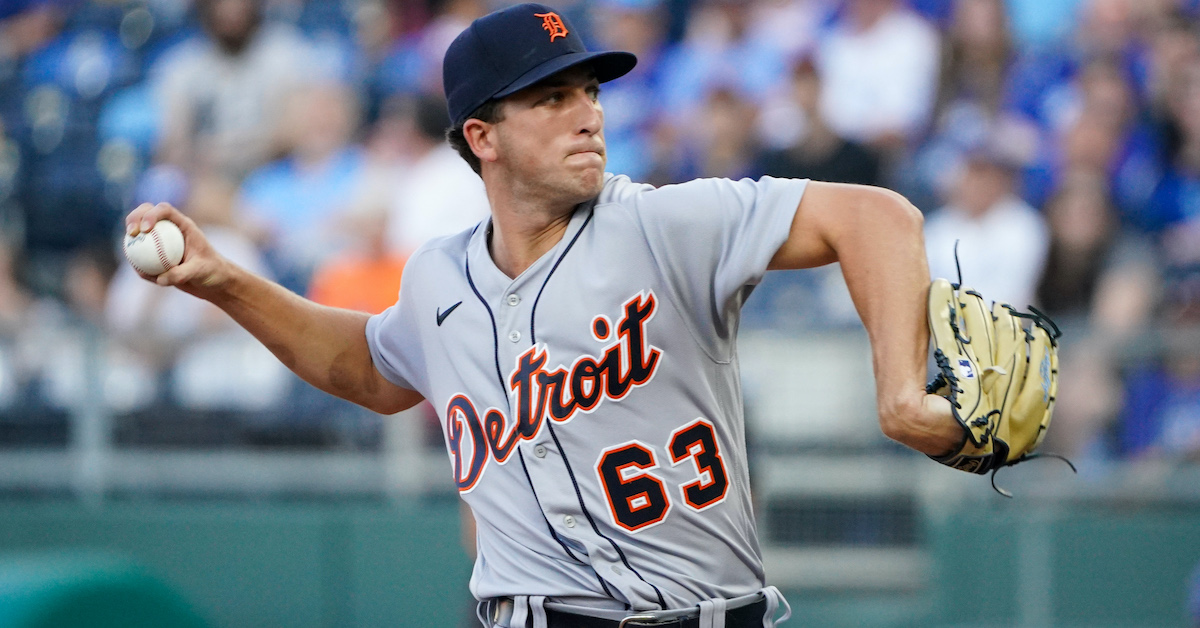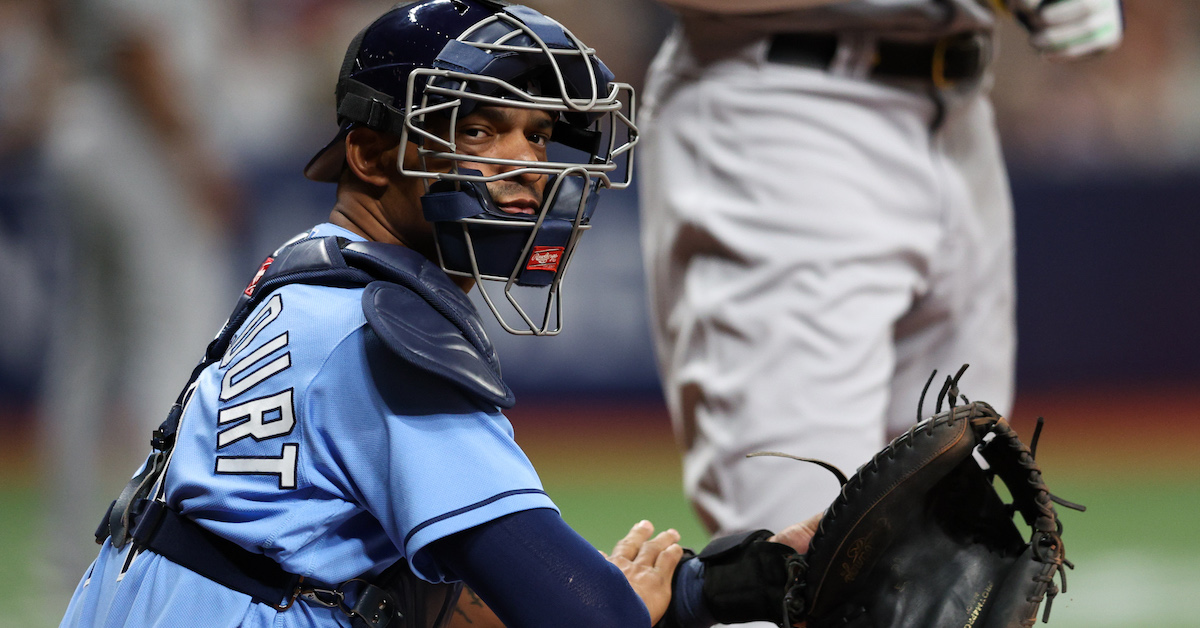The 2022 Astros Lineup Was Filled With Swing Path Diversity
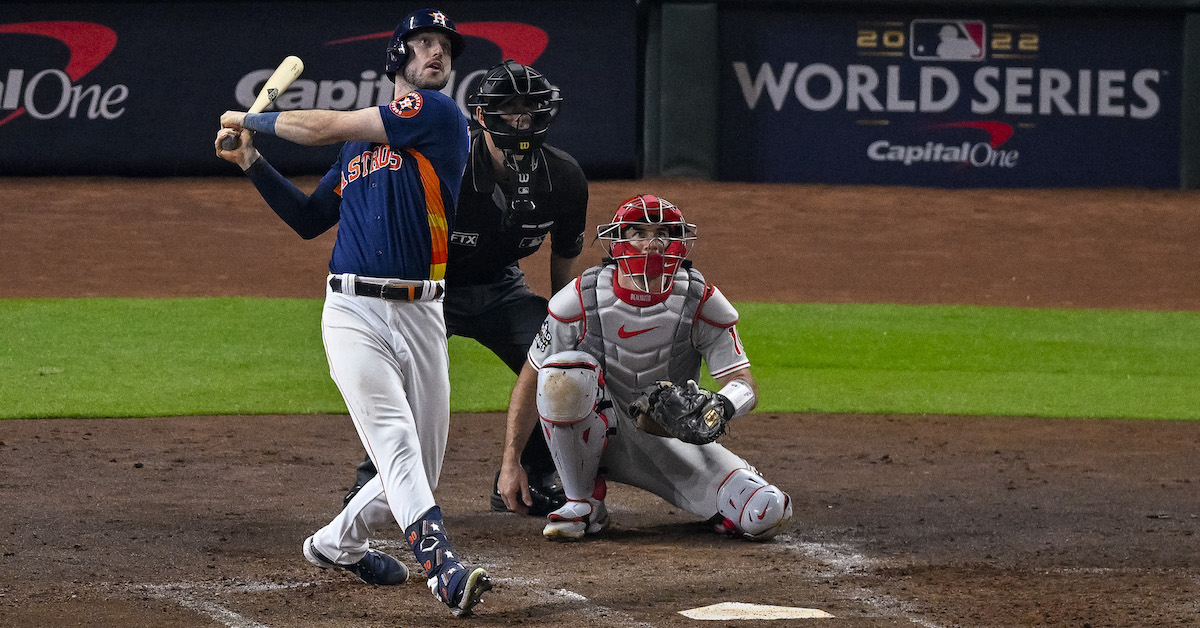
After coming up short in 2021, the Astros are back on top of the sport with their second championship in six years. Come playoff time, Houston consistently executed its gameplan better than any other team. This year, dominance came in the form of historically effective relief pitching and timely hitting. On the whole, the Astros’ hitting wasn’t strikingly better than any other team, but when given the chance to put up enough for their bullpen to hold it down, they did that with no problem.
That last part is what has lingered in my head for the past week or so. Over the last six years, it feels as if Houston’s hitters have figured it out in big moments while other teams have stumbled. Even in this year’s tournament, when there was dominant pitching across the board, Astros hitters made the most of mistakes. And Houston could rely on a large group of guys, including but not limited to Jeremy Peña, Alex Bregman, Yordan Alvarez, and Kyle Tucker. Compare that to teams like the Yankees and Phillies, who had to rely on just a few players throughout.
But why is that? How can Houston get timely production from any guy in the lineup while others can’t overcome their holes? I still haven’t gotten close to a definitive answer, but I think I’m making progress on a reason why. Read the rest of this entry »

